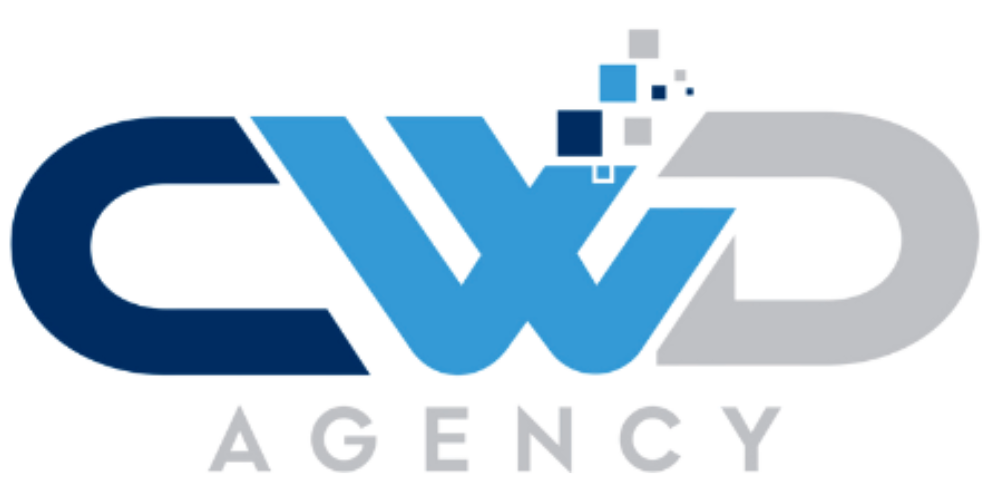How to Properly Identify Your Target Audience
As a business owner or aspiring entrepreneur, one of the most critical aspects of building a successful brand and marketing strategy is identifying your target audience. Understanding your target audience goes beyond knowing their basic demographics; it involves gaining deep insights into their needs, preferences, pain points, and behaviors. In this blog post, we will guide you through the essential steps to properly identify your target audience and pave the way to business success.
Why Identifying Your Target Audience Matters?
Identifying your target audience is like laying the foundation of a sturdy building. Without a clear understanding of who your ideal customers are, your efforts in product development, marketing, and customer engagement may fall flat. On the other hand, knowing your target audience empowers you to tailor your offerings to meet their specific needs, build a strong brand identity, and develop effective marketing campaigns that resonate with the right people.
Step-by-Step Guide to Identifying Your Target Audience:
1. Conduct Market Research:
Thorough market research is the first and foremost step in identifying your target audience. Use a combination of qualitative and quantitative research methods to gather valuable data. Surveys, focus groups, interviews, and online research are great tools to gain insights into your potential customers' preferences, pain points, and expectations.
🔧 Tools to Use:
SurveyMonkey: Create and distribute online surveys to collect feedback from your target audience.
Google Forms: Design custom surveys to gather specific information about your potential customers.
BuzzSumo: Analyze industry trends and discover what content resonates with your target audience.
2. Define Your Buyer Persona:
A buyer persona is a semi-fictional representation of your ideal customer. Based on the data collected in the market research phase, create a detailed profile that includes demographic information, behavior patterns, goals, challenges, and motivations. Give your persona a name and a face to make it more relatable.
🔧 Tools to Use:
Xtensio: Use their persona creator tool to build and customize buyer personas with ease.
HubSpot's Make My Persona: An interactive tool that guides you through the process of creating buyer personas step by step.
3. Analyze Your Current Customers:
Examine your existing customer base to identify patterns and common characteristics among your most loyal and valuable customers. Look for similarities in demographics, interests, and buying behaviors. This analysis can provide valuable clues about your target audience.
🔧 Tools to Use:
CRM Software (e.g., HubSpot, Salesforce): Use your customer relationship management tool to segment and analyze customer data.
Google Analytics: Track and analyze website visitor data to understand the demographics and behaviors of your current customers.
4. Identify Pain Points and Needs:
Understanding the pain points and needs of your potential customers is essential for tailoring your products or services to solve their problems effectively. Conduct surveys and interviews to gain a deeper understanding of the challenges they face and what they expect from a solution.
🔧 Tools to Use:
UserTesting: Conduct usability tests and receive feedback from real users to understand pain points.
Intercom: Use live chat and customer support tools to engage with your website visitors and gather insights on their needs.
5. Study Your Competitors:
Analyze the target audience of your competitors to identify gaps and opportunities in the market. Assess their marketing strategies and messaging to differentiate your brand and cater to an underserved niche.
🔧 Tools to Use:
SEMrush: Analyze your competitors' websites and digital marketing strategies to understand their target audience and keywords they are targeting.
SimilarWeb: Gain insights into your competitors' website traffic and audience demographics.
6. Segment Your Audience:
Not all customers are the same, and your target audience may consist of different segments with unique characteristics. Segment your audience based on relevant factors such as age, location, interests, and buying behavior. This will enable you to tailor your marketing efforts more effectively.
🔧 Tools to Use:
Mailchimp: Use email marketing segmentation to send personalized content to different groups of your audience.
Facebook Audience Insights: Gain valuable insights into your target audience's demographics, interests, and behaviors for targeted advertising.
7. Test and Refine:
Identifying your target audience is an ongoing process. As your business evolves, so do the preferences of your customers. Continuously test and refine your understanding of your audience through feedback, data analysis, and staying updated with market trends.
📊 Putting Data to Work: The Power of Target Audience Identification
Properly identifying your target audience yields tangible benefits for your business:
Efficient Marketing Campaigns: With a clear understanding of your audience, you can create marketing campaigns that resonate with their emotions, leading to higher engagement and conversion rates.
Tailored Products and Services: Armed with insights into their needs, you can develop products or services that precisely cater to your target audience, resulting in higher customer satisfaction and loyalty.
Cost Savings: Targeted marketing efforts save time and resources, ensuring that your messages reach the right people, thereby minimizing waste in your marketing budget.
Competitive Advantage: Knowing your target audience better than your competitors allows you to stand out in the market and position your brand as the preferred choice among your ideal customers.
🎯 Conclusion: Understanding Your Audience, Empowering Your Business
Investing in understanding your audience is not only the key to business success but also the pathway to building long-lasting relationships with your customers. So, take the first step today and unlock the full potential of your business by identifying and connecting with your target audience! Use the tools and strategies mentioned above to gain valuable insights and set your brand on the path to success. Remember, knowing your target audience inside out empowers you to make informed decisions, develop customer-centric solutions, and create a strong brand identity that resonates with the right people.

